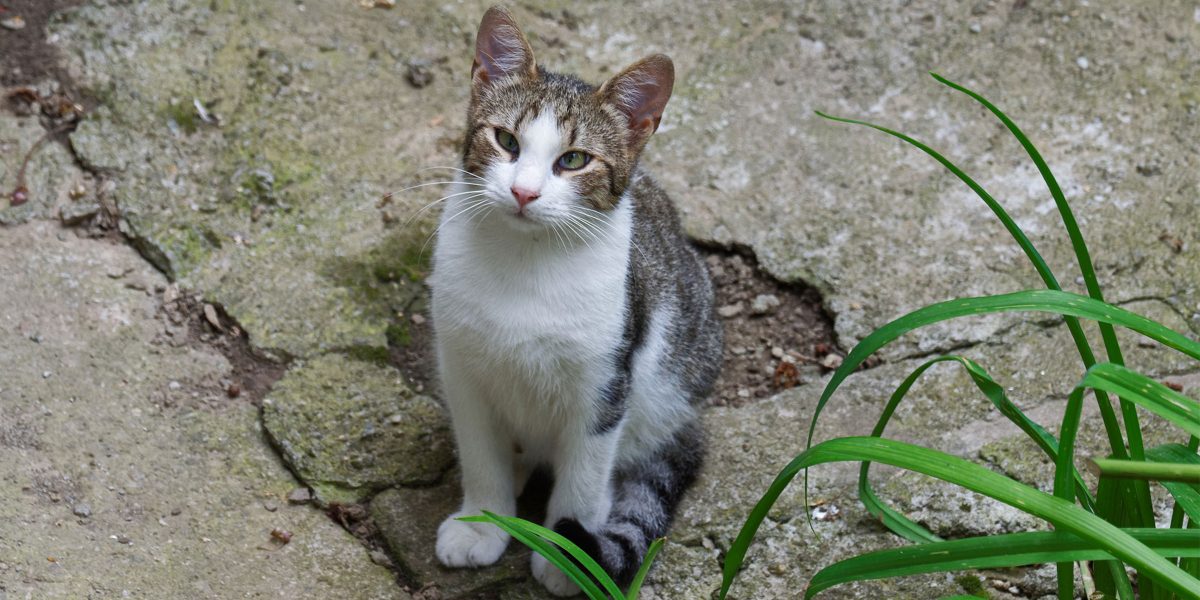Our third Keeping Cats Safe topic is now over and we’re looking back at what we’ve covered this month.
Some believe that because cats are fussy eaters they’re less easily poisoned than dogs, but because of their grooming behaviour and curious nature, intoxication isn’t that uncommon. Effects can be serious if they’ve ingested a poison because of their small size, ability to hide so it’s not immediately discovered, and the fact that they don’t have some liver enzymes that can break down certain chemicals.
There are variety of different products and chemicals found in the house and garden that can be dangerous to cats. In our introductory article we looked at an overview.
Disinfectants
Lots of household disinfectants, including antibacterial products and patio cleaner, contain the cationic detergent benzalkonium chloride. Cationic detergents are irritant and can cause adverse effects in cats that have licked treated surfaces, or walked on them and then ingested the chemical when they later groomed themselves or cleaned their paws.
Normally, signs of benzalkonium chloride poisoning aren’t immediate, and it can take several hours for them to become apparent. Signs include:
- Drooling
- Red, inflamed tongue with a painful mouth
- High body temperature
- Reduced appetite and/or drinking
- Redness and irritation of skin
- Breathing difficulties and coughing
Veterinary advice should be sought if you believe that your cat has been exposed to disinfectant, and you should wash the product off to prevent any more being ingested.
You can find more information here.
DIY products
Home decorating and maintenance involves the use of numerous different chemicals that can potentially be hazardous to cats.
Cats can accidentally ingest products by drinking from open containers or brushing against a treated surface and then grooming themselves. You might discover exposure from paint footprints, sticky or discoloured fur, or the distinctive smell.
You can read more about some commonly used products here.
Weed killer
There are a wide variety of different products available for controlling or killing weeds, but those for domestic use contain only a few different herbicidal compounds. If you believe your cat has been exposed to a weed killer, it’s important to note the name or ingredients so your vet can decide on the best treatment, and if you believe your cat has ingested herbicide, it’s important to seek veterinary advice.
Cats can be exposed to weed killers by walking on recently treated grass or brushing past wet plants and then grooming themselves. They can also lick up spills, chew treated plants, or be exposed to ‘spray drift’.
Read more here.
Keep up to date with the rest of the Keeping Cats Safe campaign here.






